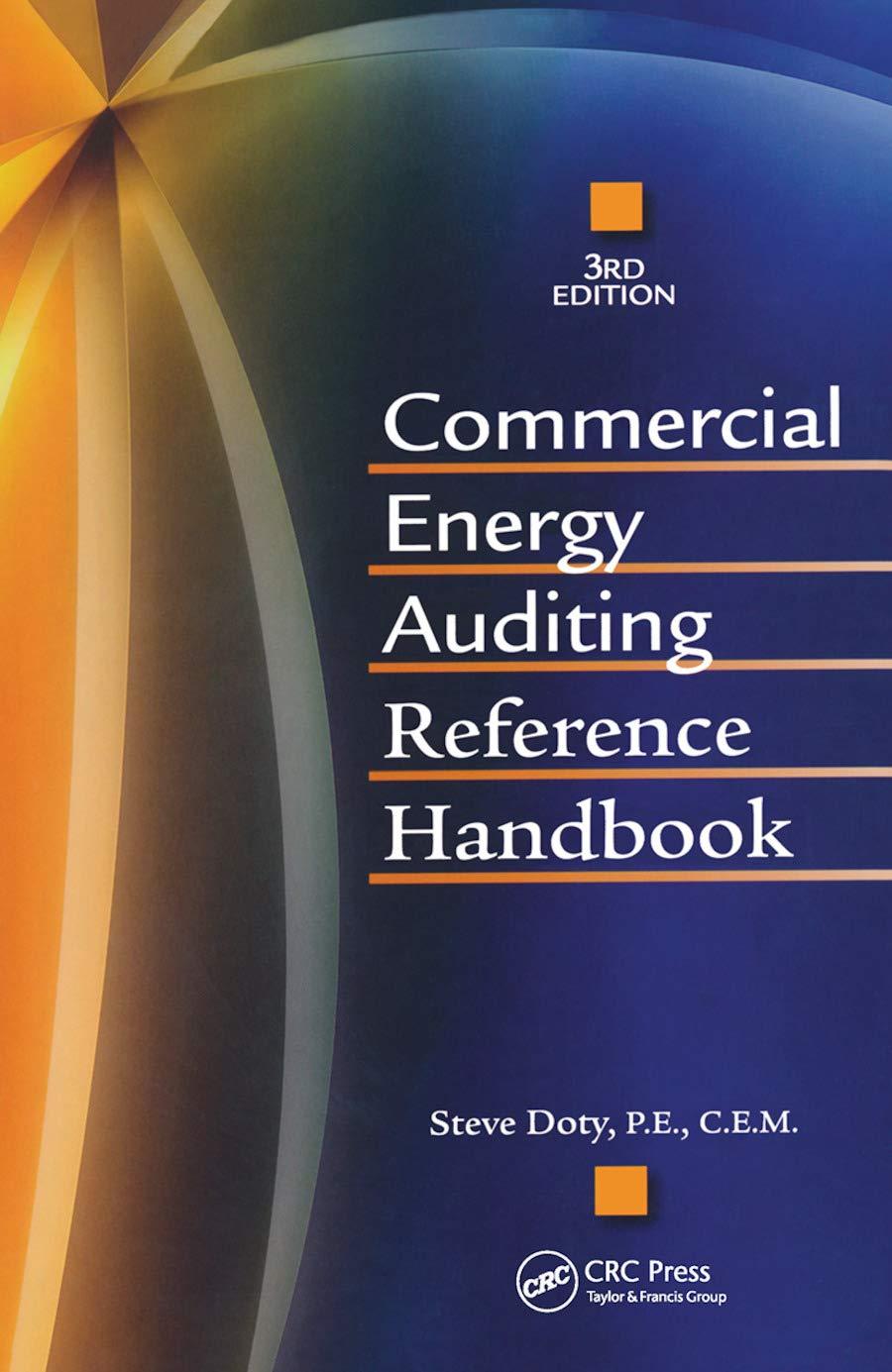Question
Corporations are taxed on the income they earn, and shareholders are taxed on the dividends they receive. What provisions in the tax law reduce this
Corporations are taxed on the income they earn, and shareholders are taxed on the dividends they receive. What provisions in the tax law reduce this "double tax" burden?
A. Dividends received by individuals are taxed at lower rates than other income. There is no tax on dividends received by individuals in the 10% through 35% tax brackets. Dividends received by individuals in the 39.6% tax bracket are taxed at 15%. In addition, eligible corporations can elect to be treated much like partnerships. The income of these so-called "S corporations" is reported by shareholders, and is not taxed to the corporation. In addition, corporations receiving dividends from other corporations are eligible to claim a dividend-received deduction that varies between 60% and 100% of the dividends received depending on the percentage of stock owned.
B. Dividends received by individuals are taxed at lower rates than other income. There is no tax on dividends received by individuals in the 10% tax bracket. Dividends received by individuals in the 15% through 35% brackets are taxed at 15% while individuals in the 39.6% tax bracket are taxed at 20%. In addition, eligible corporations can elect to be treated much like partnerships. The income of these so-called "S corporations" is reported by shareholders, and is not taxed to the corporation. In addition, corporations receiving dividends from other corporations are eligible to claim a dividend-received deduction that varies between 50% and 100% of the dividends received depending on the percentage of stock
owned.
C. There are no provisions in the tax law to reduce the "double tax" burden. Shareholders are taxed as ordinary income and the corporation does not receive a tax deduction for the payments.
D. Dividends received by individuals are taxed at lower rates than other income. There is no tax on dividends received by individuals in the 10% and 15% tax brackets. Dividends received by individuals in the 25% through 35% brackets are taxed at 15% while individuals in the 39.6% tax bracket are taxed at 20%. In addition, eligible corporations can elect to be treated much like partnerships. The income of these so-called "S corporations" is reported by shareholders, and is not taxed to the corporation. In addition, corporations receiving dividends from other corporations are eligible to claim a dividend-received deduction that varies between 70% and 100% of the dividends received depending on the percentage of stock owned.
Step by Step Solution
There are 3 Steps involved in it
Step: 1

Get Instant Access to Expert-Tailored Solutions
See step-by-step solutions with expert insights and AI powered tools for academic success
Step: 2

Step: 3

Ace Your Homework with AI
Get the answers you need in no time with our AI-driven, step-by-step assistance
Get Started


